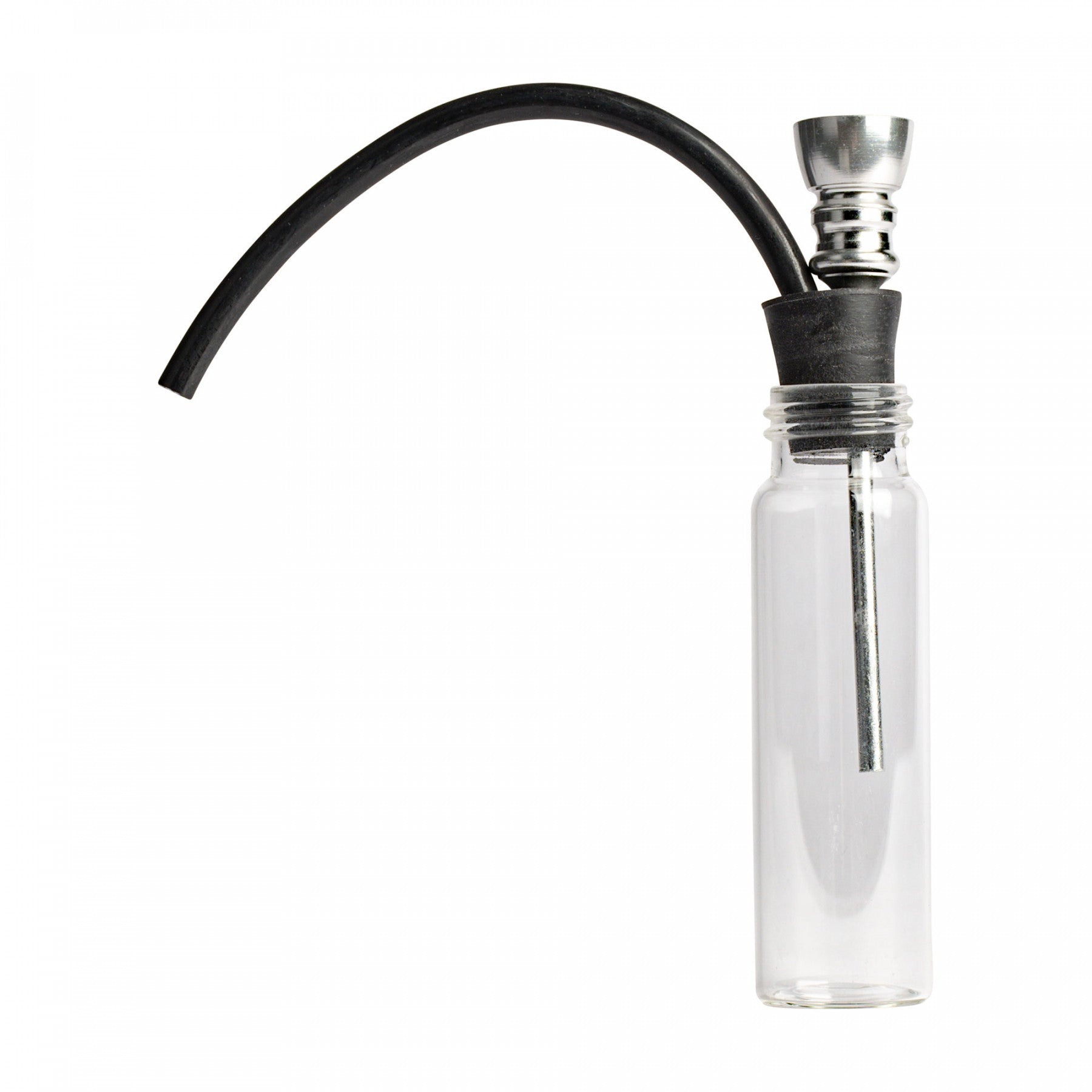Smoking has existed in human society for ages, with every generation having its own devices and methods. From ancient pipes to contemporary hookahs, joints, cigars, and cigarettes, the techniques are quite different. Now, many smokers argue whether water pipe smoking is really a better experience than the normal way. Although both methods have their own attraction, they are quite different in smoothness, taste, health effect, and social usage. In this article, we will discuss the main differences between Water Pipes For Smoking and more traditional practices, so that you are able to tell which could be suitable for you.
Understanding Water Pipes Smoking
Water pipes, otherwise known as bongs or hookahs based on their layout, follow a straightforward premise: smoke travels through water on its way into the lungs. Water both cools and cleanses the smoke, cutting down on harshness and focusing flavor. To many, this produces a smoother, more pleasant experience.
Common components of water pipes for smoking are a bowl (for the substance), a downstem (to pipe smoke into the water), a water chamber, and a mouthpiece. More sophisticated designs can include percolators, ice catchers, or diffused stems to further enhance filtration.
Classic Smoking Techniques at a Glance
Classic methods of smoking are:
- Cigarettes: Filtered rolled tobacco used commonly everywhere.
- Cigars: Rolled tobacco leaves, typically stronger and longer-lasting.
- Pipes: Dry smoking apparatuses that don’t use water filtration.
- Joints or Blunts: Rolled tobacco leaf or paper filled with smoking material.
These techniques don’t use water filtration. Instead, smoke is inhaled straight after material burning, usually producing hotter and more harsh hits than water pipes.
Key Difference 1: Smoothness of the Smoke
The easiest to distinguish aspect of water pipes smoking compared to traditional methods is smoothness. Since smoke is cooled down when it passes through water, each hit becomes softer.
- Water Pipes: Provide cooler, smoother smoke that is kinder to the throat and lungs.
- Traditional Methods: Generate hotter smoke, which can irritate or cause coughing, particularly for new users.
This cooling action is another primary reason that individuals like water pipes when smoking.
Major Difference 2: Flavor and Aroma
Flavor is another space where the two approaches differ.
- Water Pipes: Lock in and even boost flavor by filtering out brutal debris while allowing natural notes to shine through. A lot of smokers assert they can taste fruity, herbal, or earthy undertones more when using a water pipe.
- Traditional Methods: Papers, cigars, or unfiltered smoke may change the taste, tending to cover up more delicate flavors with tar or bitterness.
For those who prioritize taste, water pipes are generally the better choice.
Key Difference 3: Health Considerations
It’s worth noting that no smoking method is entirely risk-free. But there are varying ways in which each affects the body.
- Water Pipes: Water catches some ash and poisons, keeping less from getting into your lungs. This doesn’t remove toxic substances but can reduce the physical harshness of the session.
- Traditional Methods: Without filtration, smoke sends all particulates straight to the lungs, which can be more harsh and irritate more.
Water Pipes Smoking may seem cleaner, but it’s not necessarily “healthy.” Correct cleaning and moderation are necessary to lower risks.
Key Difference 4: Social and Cultural Use
Smoking isn’t simply inhaling, it’s also about ritual and community.
- Water Pipes: Traditionally associated with Middle Eastern hookah culture, they are regarded as a social implement, ideal for sharing among groups. Contemporary glass bongs have also become cultural icons, where art and functionality come together.
- Traditional Techniques: Cigars and cigarettes tend to be lone or small-group activities. Joints do have a shared element but not the elaborate construction and ritual of water pipes.
Individuals who smoke for social or aesthetic reasons might prefer water pipes for smoking.
Key Difference 5: Cost and Affordability
Budget and accessibility also distinguish the two.
- Water Pipes: Incurs an initial cost. Basic acrylic pipes are inexpensive, but hand-blown glass pipes are pricey. They need to be cleaned and maintained frequently as well.
- Traditional Methods: Cigars, cigarettes, and rolling papers are inexpensive and readily available everywhere, requiring no additional equipment.
Beginners might think water pipes are a greater commitment, whereas traditional methods are convenient.
Key Difference 6: Customization Options
One other benefit of water pipe smoking is customization. Smokers have a variety of pipes with percolators, ice catchers, multiple chambers, or artistic work at their disposal. This is how smokers are able to tailor how smooth, cool, or flavorful their smoke is.
Traditional techniques lack such flexibility. Flavored rolling papers and cigar varieties notwithstanding, they cannot compare with the versatility of water pipes.
Key Difference 7: Maintenance and Care
Maintenance is a large factor in long-term enjoyment.
- Water Pipes: Need to be cleaned regularly so that residue does not build up, impairing flavor and cleanliness.
- Traditional Methods: Need minimal to no maintenance; they are used and then thrown away.
While water pipes give a better experience while clean, they require more work on the part of the user.
Final Thoughts
Comparing water pipes for smoking with traditional methods, the contrast is obvious. Water pipes provide smoother, cooler, and tastier smoke, along with customization and cultural appeal. Traditional methods, however, take the cake in cost, ease of availability, and convenience.
Ultimately, the decision is a matter of personal taste. For ritual-oriented, smooth-loving, flavor-savoring smokers, water pipes smoking offers a distinctive and sophisticated experience. For quick, convenient options, traditional methods are still a classic. Read This
Whatever route you take, being aware of the differences allows you to make an informed choice and enjoy the art and history behind both techniques.



